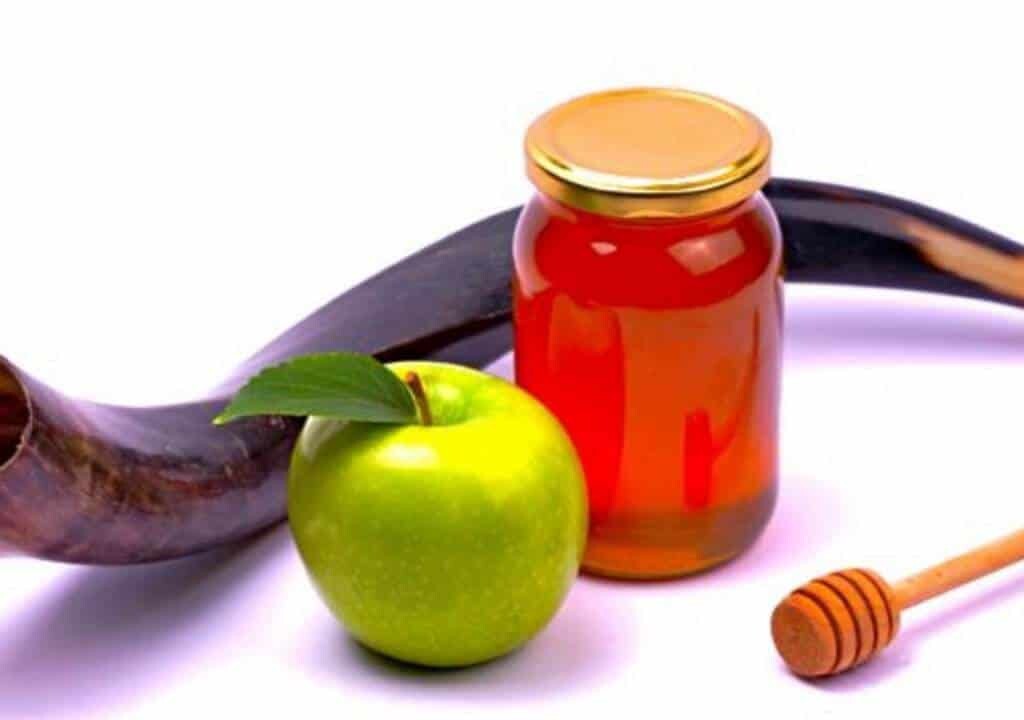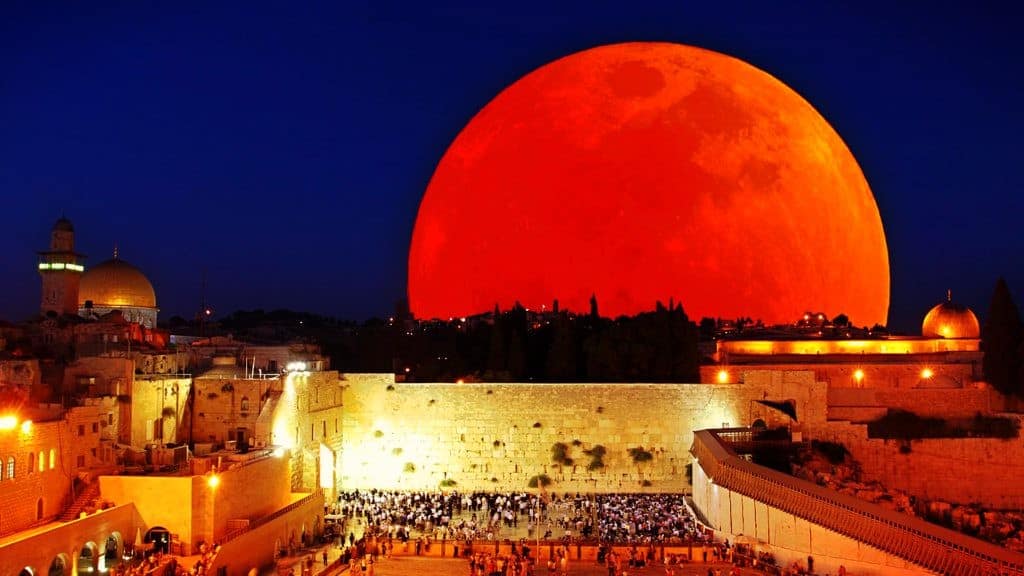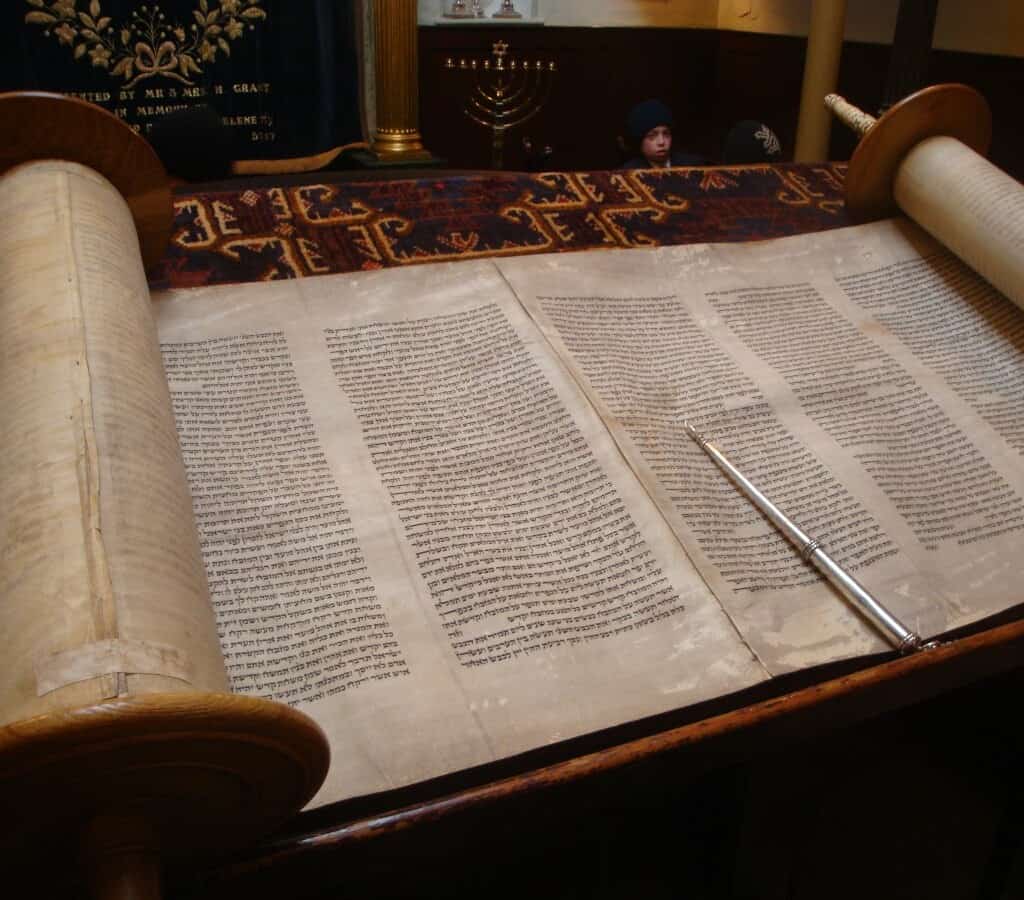As we approach Rosh HaShanah, a primary emphasis is on extending apologies to those we might have wronged over the past year. Many see it as vital to step into the new year without any lingering grudges, ensuring we harbor no ill will.
Rosh HaShanah’s Rituals and Traditions: From Seeking Forgiveness to Annulment of Vows
The Spiritual Essence of Teshuvah and Rosh HaShanah Practices
Demonstrating a readiness to forgive those who have wronged us is pivotal. Some traditionally visit the mikveh, a ritual bath, before Rosh HaShanah’s afternoon. This locale holds notable importance, believed to wash away particular spiritual stains. For numerous devotees, this act is an essential step in the teshuvah process, or ‘returning to God’.
Conversely, some opt to visit cemeteries the morning before Rosh HaShanah, praying near the resting places of the virtuous. It’s paramount to understand that these prayers are directed to God, not the departed, in the belief that these appeals are heeded owing to the virtue of the righteous.
On this occasion, the ritual of hatarat nedarim, or ‘annulment of vows’, takes place. From a Jewish legal viewpoint, even casual declarations like “I’ll forgo sweets” can bear the gravity of a formal vow. Thus, prior to Rosh HaShanah, all such commitments, be they deliberate or inadvertent, are nullified.
This ceremony unfolds in the presence of three adult males who are approached to nullify any vows made. Comprehensive insights into this procedure are available in texts like the Siddur or the Majzor, Rosh HaShanah’s specific prayer guide.
The Symbolism of Round Challah and Honey during the High Holidays: A Hope for a Sweet and Flourishing Year
On Rosh HaShanah, Traditions and Significance: The Apple’s Benediction and the Anticipation of a Fruitful Year
Within the framework of the High Holidays, the round challah is emblematic, representing wholeness and the culmination of a cycle. After articulating the hamotzi invocation, it’s a customary act to immerse the bread in honey, encapsulating the desire for an ensuing year filled with sweetness.
Following this, having consumed a slice of bread, one takes an apple and dips it in honey. The blessing boreh pri haetz is offered for the apple (given the prior bread blessing doesn’t extend to the apple), and a segment is then consumed.
This act segues into the proclamation, “May it be your wish, O God, that we welcome a year both prosperous and sweet.”
On initial reflection, one might deduce that the descriptor “good” inherently implies “sweet”. But Jewish thought offers a more profound interpretation. By Judaic tenets, every event is a fragment of the divine scheme and, by its nature, good.
Yet, there are instances when our mortal vision might not perceive certain events as favorable. Thus, in aspiring for a “sweet” year, we are essentially seeking for this innate goodness to unfold in a manner that’s palpably beneficial and fulfilling for us.
A time-honored tradition during Rosh HaShanah is the inclusion of the paragraph yaaleh veyavo within the post-meal benediction, termed birkat hamazon.
Rosh HaShanah’s Symbolic Foods: Talmudic Traditions for the New Year
From Pomegranates to Lamb: Rosh HaShanah’s Culinary Expressions and Their Profound Intentions
Rosh HaShanah, the Jewish New Year, is marked not only by prayer and introspection but also by the integration of foods steeped in symbolism. These delicacies represent hopes and desires for the forthcoming year.
Partaking in these foods strengthens the bond to the divine source of all benedictions. The significance of these foods often stems from Hebrew wordplays that associate the food’s name with a specific hope for the upcoming year.
Based on Talmudic teachings, here is a list of these emblematic foods:
- LEEK or CABBAGE: Upon consumption, one voices the hope, “May it be Your will, Lord, that our foes diminish.”
- BEET: After savoring it, the prayer is, “May it be Your will, Lord, that our adversaries vanish.”
- DATES: After partaking, one intones, “May it be Your will, Lord, that our rivals be eradicated.”
- SQUASH: Upon eating, one hopes, “May it be Your will, Lord, that any unfavorable decree against us be voided, and our merits stand evident before You.”
- POMEGRANATE: With its taste, the desire voiced is, “May it be Your will, Lord, that our righteous deeds proliferate as the seeds of the pomegranate.”
- HEAD of lamb or fish: By this, the aspiration is, “May it be Your will, Lord, that we lead decisively, rather than merely trailing behind.”
Ritual and Tradition: Delving into the Makhzor’s Nuances in Prayer
From the Cantor to the Ark: Guidelines and Practices for the Jewish High Holidays
For Rosh HaShanah, in light of its array of distinct prayers, a specialized tome known as the “Machzor” is employed. In cornerstone prayers like the Amidah and the Kiddush during Rosh HaShanah, the phrase “Yom Teruah” is articulated.
Yet, when Rosh HaShanah coincides with Shabbat, the declaration becomes “Zichron Teruah”. Should one inadvertently utter the incorrect invocation, there’s no need for repetition.
On Rosh HaShanah, the chant “Avinu Malkeinu” is indispensable. But if Rosh HaShanah aligns with Shabbat, this entreaty is set aside, given that entreaties aren’t voiced on Shabbat. Similarly, on a Friday, the Mincha prayer forgoes “Avinu Malkeinu”.
Throughout the High Holidays, the Ark’s curtain is exchanged for a pristine white one, symbolizing the belief that “our transgressions shall be cleansed until they gleam like snow”.
In choosing a cantor for the High Holidays, vocal prowess shouldn’t stand alone as a benchmark. The ideal cantor would be aged above 30, manifesting piety, versed in the Torah, embodying humility, and, if feasible, wedded.
Though a sagacious man under 30 fitting other requisites may suffice, it’s generally more prudent to entrust a cantor lacking in some criteria than to incite community discord over the matter.
Regarding the sheechianu blessing on Rosh HaShanah’s second day, given its nebulous status, it’s customary to savor a novel fruit or don a new attire, then pronounce the sheechianu. Concurrently, one must also be mindful of the mandates: candlelighting, Kiddush, and the shofar’s resonating call.
During Rosh HaShanah Customs
A traditional greeting during Rosh HaShanah is “Leshanah tovah, ketivah vekhatimah tovah,” which means, “May you have a prosperous year, and may you be inscribed and sealed for goodness [in the book of life].” On this day, aimless wandering or excessive sleeping is discouraged, though a short afternoon rest is permissible.
Engaging in marital relations is typically eschewed unless Rosh HaShanah falls on the evening a woman is to immerse in the Mikveh post-menstruation. If a Brit Milah aligns with Rosh HaShanah, it is conducted between the Torah reading and the shofar sounding.
The Significance, Rituals, and Redemptive Power of Tashlich
The Purifying Waters: Tashlich’s Deep Symbolism in Jewish Lore
On Rosh HaShanah’s first evening, beside a water body—ideally with fish—the tashlich ceremony takes place.
The ritual symbolizes the intent to cast away our missteps into the water. Still, it’s an oversimplification to believe our transgressions vanish merely by emptying our pockets.
The Jewish perspective emphasizes profound self-reflection and a sincere resolve for transformation. Indeed, tashlich harks back to the Midrash detailing Abraham’s journey across a river to execute the Akedah or Yitzchak’s sacrifice. As per the Midrash, Abraham navigated waters that rose to his throat.
When Rosh HaShanah aligns with Shabbat, tashlich shifts to the subsequent day. If not observed during Rosh HaShanah, tashlich can occur anytime within the “Ten Days of Repentance“.
In this rite, fish and water are emblematic. The Torah, in Talmudic scriptures, is equated to water. Analogous to fish’s dependence on water, Jews rely on the Torah.
Additionally, the constant gaze of fish suggests God’s unceasing vigilance and knowledge of our every deed.
Tashlich’s conventional text reads:
“Who is like You, O God, who forgives iniquity and overlooks the transgressions of Your heirs? God doesn’t bear animosity forever, for He embodies benevolence. He will grace us with mercy once more, erasing our wrongdoings and casting our sins into the ocean’s depths.
Bestow honesty upon Yaakov and benevolence to Abraham, honoring our forebears’ pledges.
In my afflictions, I call upon God, and He responds generously. God stands by me; I remain unafraid; what might another inflict upon me? God supports me, poised to assist, and I shall witness my foes’ downfall.
Trusting in God surpasses human reliance. Finding solace in God is superior to seeking it in authority.
Many also opt to recite Psalms 33 and 130.”
The Shofar: Rosh Hashanah’s Echo that Reverberates in the Soul
With every blast of the shofar on Rosh Hashanah, we are reminded of our purpose and redefine our aims. Explore how this age-old ritual beckons us to look back, to plan the future with hope… read more>>




